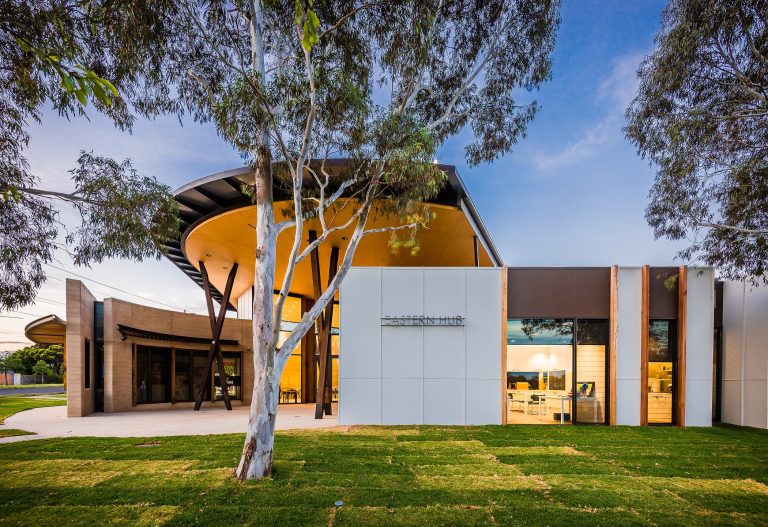Our interiors department love the Cabinets tool – they find it allows them to get a lot of their documentation straight off the model, rather than having to undertake 2D methods, which was previously required in the majority of cases. We’re now able to generate most cabinet elevations almost entirely in 3d.”
Ricki says a key benefit of CI Tools in general is that they’ve been developed specifically for the Australian/NZ market. “This focus on local content is particularly helpful – for example the Electrical tool is country-specific in terms of electrical elements, whereas a lot of similar tools you can access online are North American or Euro-centric. It’s great to have a local developer who can supply those kinds of support features.”
Brendan adds that Foreground Architecture has been expanding its use of Archicad further in recent building work. “When we designed the PICAC Narre Warren campus, which is Victoria’s first Net Zero Energy certified education facility, we found Archicad was a fantastic explanatory tool not only to give flyarounds of the building and detailed room inventories, but also when working in conjunction with environmental sustainability design (ESD) engineers who were running thermal modelling in their compatible programs.” By utilising the IFC file format, which is platform-neutral and can be read and edited by any BIM software, Foreground Architecture was able to minimise the risk of errors and conflicts between these different disciplines.
Looking ahead, Ricki emphasises the focus for Foreground Architecture is to foster further usage of BIM so that “we model more and document less”. As he puts it: “It’s about optimising the process, from modelling in 3D which makes it a lot easier to communicate your design to other people in your team as well as the client and other stakeholders, while also producing your traditional deliverables in terms of drawings and schedules. When you can produce all that from one model, you’re getting more bang for your buck – by reducing the amount of work on documenting individual elements, you get to spend more time on designing.”
You can find out more about Ci Tools Doors+Windows here.

